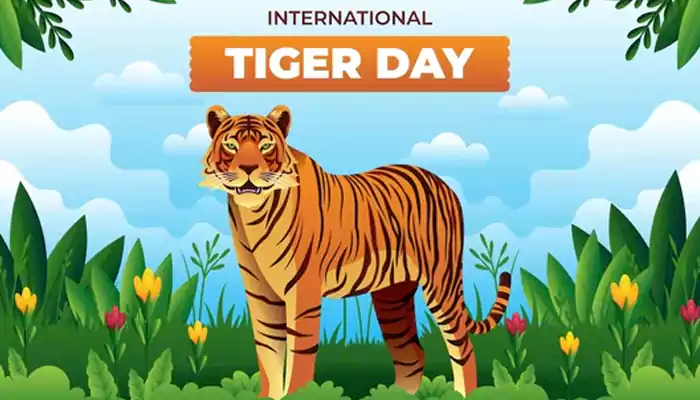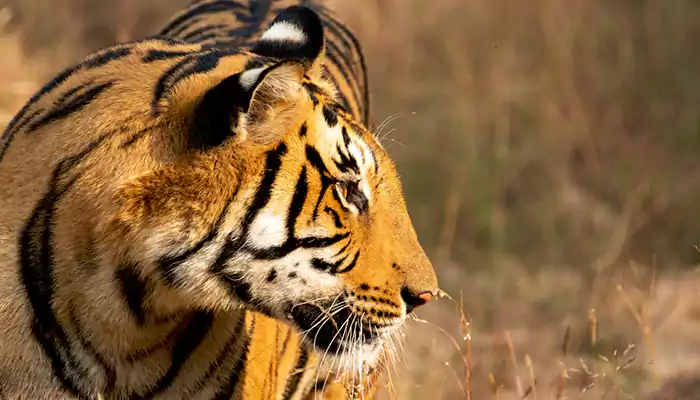World Wildlife Day Special; Check Out Your Complete Itinerary For Jim Corbett National Park
- Admin
- 1 year ago
- 5 minutes read

Jim Corbett National Park is home to around 110 tree species, 50 species of mammals, 580 bird species, and 25 reptile species.
"Wildlife is something which man cannot construct. Once it is gone, it is gone forever." -Joy Adamson.
We humans often assert our dominion over the planet, as if it belongs to only us. However, if we comprehend the theories of evolution and biodiversity, will realize that every single creature, big or small, holds equal significance. There is an important dialogue in Shaunak Sen's brilliant documentary, 'All That Breathes', that goes, "ज़िंदगी एक रिश्तेदारी है, हम सब हवा की बिरादरी है, जो भी चीज़ साँस लेती है, उनमें फर्क नहीं करना चाहिए" (Life is a relationship and we all are part of the brotherhood of air. All that breathes, we should not differentiate among them). And this is exactly why we should stop being so self-centered, and pay more attention to the welfare of other creatures.
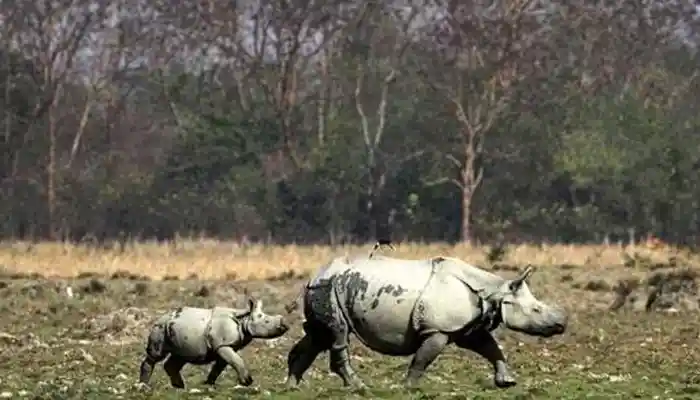
Well, World Wildlife Day is observed on the 3rd of every March to raise awareness about the importance of wildlife conservation and celebrate the biodiversity of our planet. The day serves as a reminder of the role that wildlife plays in maintaining the ecological balance and highlights issues like poaching, climate change and its effects on the environment, habitat loss, illegal wildlife trade, and more. It gives us a call to work together in order to conserve our biodiversity.
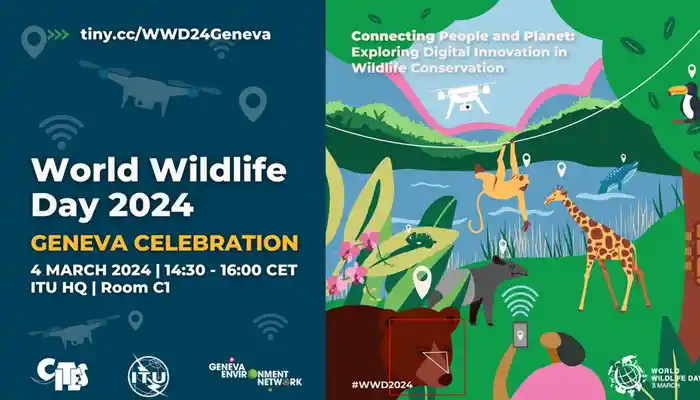
(Credit: GENeva Environment Network)
You can celebrate the World Wildlife Day by immersing yourself in various activities. However, as you may agree, nothing comes close to the experience of visiting a wildlife sanctuary and spending some quality time with the wildlife species. And if you wonder where to visit, consider Jim Corbett National Park.
For World Wildlife Day 2024, we're exploring the world of wildlife conservation #tech 📲🌳 and how to build a #sustainablefuture for all people and planet in this #digital era🌐
— World Wildlife Day (@WildlifeDay) January 11, 2024
▶️ https://t.co/3yR3mUBoNf#WWD2024 #ConnectingPeopleAndPlanet #DigitalInnovation #TechForWildlife pic.twitter.com/e4Puqe8MDH
(Credit: World Wildlife Day)
Why Jim Corbett National Park?
Named after the legendary hunter and naturalist Jim Corbett, the Jim Corbett National Park is located in the Nainital district of Uttarakhand state. It was established in 1936 as the first national park in India and went on to be renowned as a significant habitat for various wildlife species.
The sanctuary spreads over a land of 520.8 km2, comprising hills, marshy depressions, riverine belts, grasslands, and a large lake. Almost 73% of the area consists of forests, while 10% is covered with grasslands. There are around 110 tree species, 50 species of mammals, 580 bird species, and 25 reptile species.
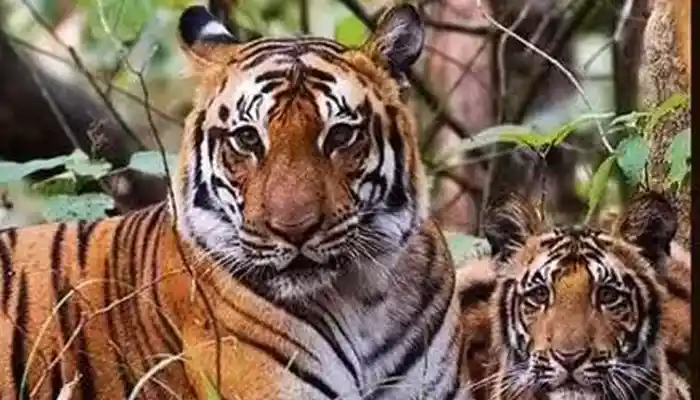
Well, if you are still wondering whether you should visit Jim Corbett National Park or not, let me tell you the factors that make it stand apart. Precisely, it's not just another wildlife sanctuary; it reflects the unfiltered beauty of nature and offers us an opportunity to experience the natural wonders. The unparalleled excitement of walking through the tall grass, the thrill of catching a glimpse of a tiger roaming around, and the magical rhythm of birds chirping - aahh! It truly feels straight out of a fairytale!
How To Reach
Being a prime tourist spot, the Jim Corbett National Park is easily accessible through several modes of transportation.
The nearest airport is the Pant Nagar Airport, located around 80 kilometers away. And the nearest international airport is the Indira Gandhi International Airport, New Delhi. Both bus and taxi services are available from both locations.
If you prefer traveling via railways, head to the Ramnagar Railway station, which is about 5 kilometers away from the park. Taxis, buses, and other options are available from there to reach your destination.
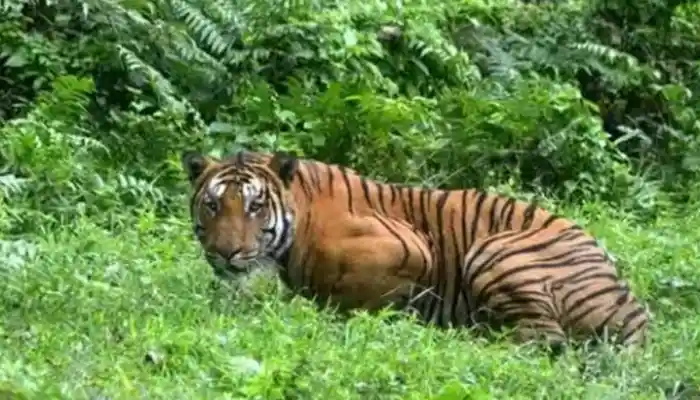
However, if you are anywhere in North India, my suggestion would be to embark on a road trip as it would be an exciting journey like no other. Nainital is well connected to all the major cities in North India, and it wouldn't take much time to reach your destination. And the views will be worth the journey for sure!
Where To Stay
There are several hotels, resorts, and bungalows nearby where you can stay. You can also book a forest guest house inside the park.
What To Do
Now, let's come to the main point; what to do in Jim Corbett National Park for a, let's say, three-day tour?
The first (and this is a must), embark on a thrilling jungle safari. There are different zones (such as Dhikala Zone, Jhirna Zone, Durga Devi Zone, etc.) where you can do a safari and get experiences to cherish for a lifetime.
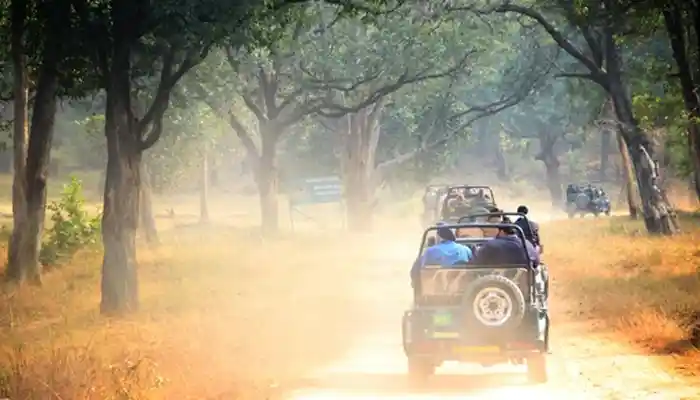
Dhikala Zone is at the center of the park, which is home to elephants, chitals, deers, and Bengal tigers among others. You can also visit the Jhirna Zone which is home to excellent bamboo vegetation. On the other hand, Durga Devi Zone is known for its birds.

When you are done with the safari, visit the Kosi River and have some laid-back time there. The water is crystal-clear, providing you with an abundance of solace. Also, if you are an adventure junkie, do river rafting which is a popular activity here.
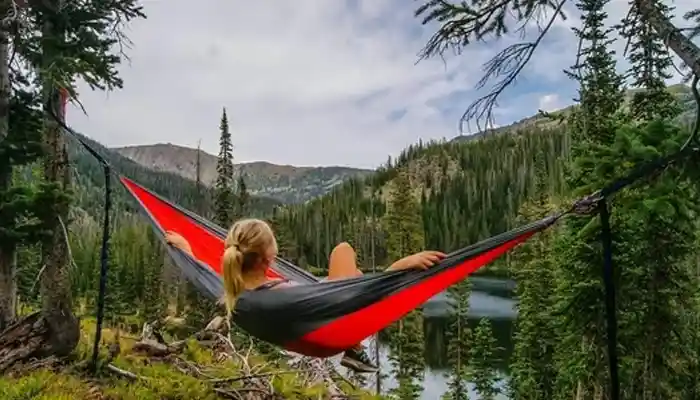
Jim Corbett temple is a significant tourist spot here, which you simply cannot afford to miss. And when you are here, make sure to also visit the Gariya Devi Temple which is home to an idol of Goddess Garjiya.
You can also visit the Corbett Museum, which was once home to Jim Corbett. The museum is a prominent place here and remains crowded during weekends. Hence, you need to book your spot ahead to avoid any hassle.
Besides these, you can also visit Corbett Falls, watch birds at Sita Rani, and shop at the local Tibetan market.
Jim Corbett National Park is a one-of-a-kind destination that captivates visitors with its rich biodiversity, exotic wildlife, and picturesque landscapes. Visit here once, and be sure of an unforgettable journey ahead.

